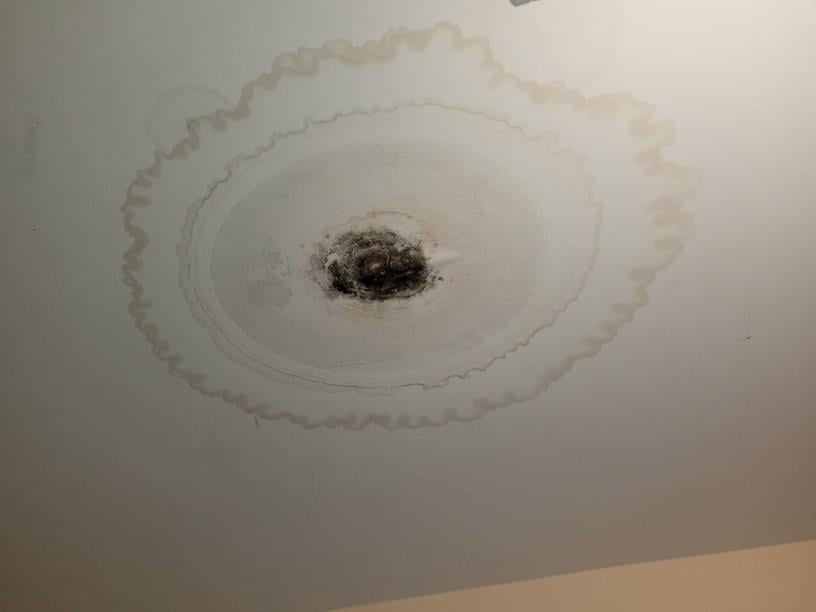Locating Hidden Water Line Leaks: Six Smart Methods
Free EstimatesThe content following next in relation to Detecting hidden plumbing leaks is seriously informative. You should keep reading.

Early discovery of leaking water lines can mitigate a possible catastrophe. Some little water leakages may not be noticeable.
1. Take A Look At the Water Meter
Examining it is a surefire way that helps you find leaks. If it moves, that suggests a fast-moving leak. This implies you may have a sluggish leak that might even be underground.
2. Check Water Consumption
Analyze your water expenses and also track your water consumption. As the one paying it, you need to notice if there are any type of inconsistencies. If you spot sudden changes, regardless of your consumption being the same, it implies that you have leakages in your plumbing system. Remember, your water expense must fall under the same range monthly. An abrupt spike in your bill suggests a fast-moving leak.
Meanwhile, a stable increase every month, despite having the exact same practices, reveals you have a sluggish leakage that's also gradually escalating. Call a plumber to extensively inspect your home, particularly if you feel a cozy area on your floor with piping below.
3. Do a Food Coloring Examination
When it pertains to water consumption, 30% comes from commodes. Examination to see if they are running appropriately. Decline specks of food shade in the storage tank and wait 10 mins. There's a leak between the container and also dish if the shade in some way infiltrates your bowl during that time without flushing.
4. Asses Outside Lines
Do not neglect to examine your exterior water lines too. Should water leak out of the link, you have a loose rubber gasket. One little leak can lose loads of water and also increase your water expense.
5. Analyze the situation as well as check
Homeowners should make it a practice to inspect under the sink counters as well as even inside cupboards for any type of bad odor or mold growth. These two red flags indicate a leakage so punctual focus is called for. Doing routine assessments, even bi-annually, can save you from a significant trouble.
If you understand your residence is currently old, keep a careful eye on your heating systems, hose pipes, pipes and so on. Look for discolorations and weakening as most appliances and also pipelines have a life expectancy. They will additionally normally degrade as a result of tear as well as wear. If you believe leaking water lines in your plumbing system, do not wait on it to escalate. Call a professional plumber as soon as possible so you don't wind up with a dreadful mess in your home.
Early discovery of dripping water lines can mitigate a potential disaster. Some tiny water leaks might not be noticeable. Checking it is a proven method that assists you find leakages. One tiny leakage can waste bunches of water and also increase your water expense.
If you presume dripping water lines in your plumbing system, do not wait for it to intensify.
5 Signs that Your Home Has a Hidden Leak
Your water bill is unusually high without explanation
Generally, your water bill tends to stay consistent throughout the year as long as the same number of people live in your household year round. The bill might be higher during certain times of the year, such as summer, when your lawn may require more watering than it does in cooler months. However, if you notice a rise in your water bill that you can’t explain, it’s an indicator that there’s a hidden leak somewhere in your home.
You hear running water
One of the biggest signs that you have a water leak is the sound of rushing water when no plumbing fixtures are on and when no water-using appliances are running. If you hear running water in your walls when no water is being used anywhere in your home, locate your home’s main water shut-off valve, shut off your water supply, and contact a plumber at once.
Your home smells musty
Hidden leaks often occur in dark spaces, such as behind walls or under carpeting. Incidentally, darkness and moisture can create an ideal breeding environment for mold or mildew. If you start to smell mildew or the scent of rotting wood or stagnant water around your home, it’s a fair bet that a leak is the culprit.
You find wet spots around your home
The wet spots usually show up as moist areas in your carpeting. If your home has a basement level, puddles on the floor could indicate a slab leak. Outside, unexplainable puddles or lush, green patches in your yard often mean that there’s a leak in your sewer line or main water line.
You have stains, bubbles, or condensation on your walls/ceiling
Stains or condensation on your walls or ceiling are both major signs of a hidden leak. Also, drywall (AKA. sheetrock) is very absorbent, and as it takes on more water from a leak behind a wall, it will start to bubble, swell, or warp. If you see this happening in your home, don’t wait to contact a plumber before the water damage spreads.
https://www.ezflowplumbingaz.com/blog/2019/june/5-signs-that-your-home-has-a-hidden-leak/

As an enthusiastic reader on Locating water leaks, I was thinking sharing that piece of content was worth the trouble. Do you know about another individual who is occupied with the topic? Feel free to share it. Thank you for your time spent reading it.
Reliable help? Dial.